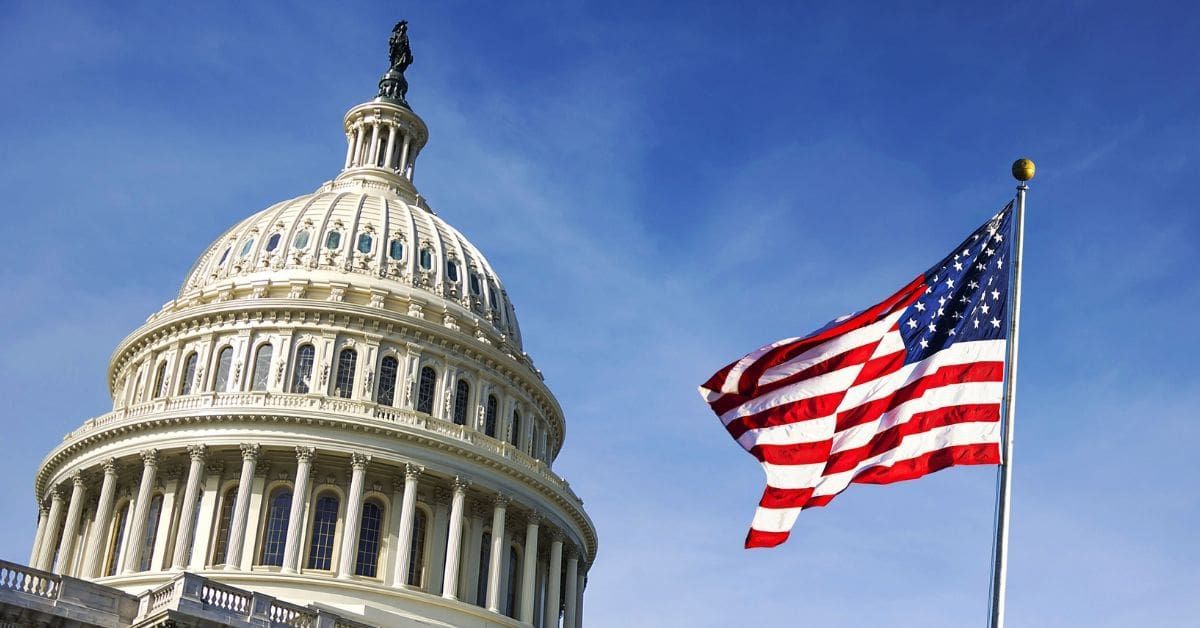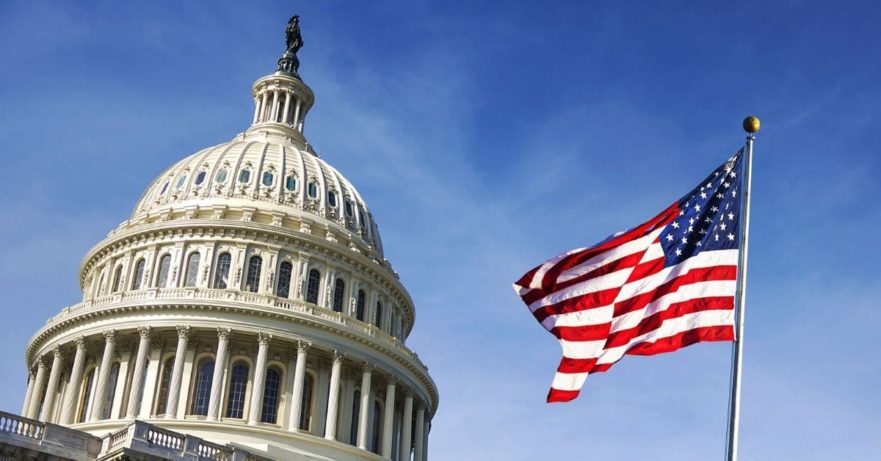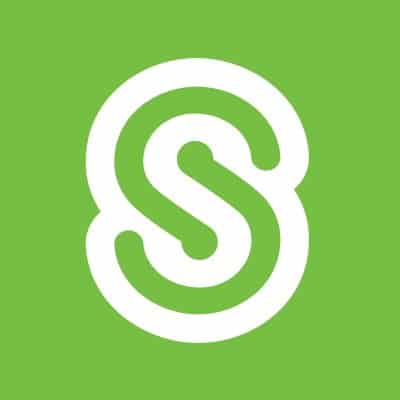
With the enactment of the Coronavirus Aid, Relief, and Economic Security Act (CARES) Act, the federal government is extending small businesses and their employees a much-needed lifeline as they face an existential threat. A key measure in the CARES Act is the Keeping American Workers Paid and Employed Act, which provides more than $377 billion for small businesses to help them meet their payroll and other expenses throughout the COVID-19 pandemic.
Here we highlight a significant provision of the Act – the Paycheck Protection Program (PPP) – and how it can bring financial relief to small businesses that are fighting to survive.
The Paycheck Protection Program Overview
The PPP makes available to businesses and non-profits with fewer than 500 employees about $300 billion in cash flow assistance to cover payroll costs, rent or mortgage payments (interest only), healthcare premiums, paid time off, utilities and interest on debt service. Businesses can request a one-time loan of up to $10 million (see calculation below) to cover costs between February 15 and June 30.
The loans are administered by the SBA and offered through SBA-designated banks. Unlike typical SBA loans, PPP loans are non-recourse and require no collateral or personal guarantees. Most commentary originally suggested the maturity date would be 10 years with 4% interest rate, but updated commentary from the SBA administration seems to indicate it will be 2 year term with 1% interest rate.
PPP loans are different from EID (Economic Injury Disaster) Loans, especially because PPP loans may be forgiven.
PPP loans will be forgiven up to the principal amount for businesses retaining employees and maintaining their current wage levels for the period beginning eight weeks after receiving the loan. The forgiveness amount is reduced proportionately based on any reduction in employees retained compared to the prior year or a reduction of compensation of 25 percent or higher.
Loan forgiveness does not apply to compensation exceeding $100,000 per employee.
Which businesses are eligible for loans?
Any business or 501(c)(3) non-profit with fewer than 500 employees that were operational on February 15, 2020, is eligible for a PPP loan. It also includes sole-proprietors, independent contractors, and self-employed individuals.
How is the loan amount determined?
The amount a business can borrow is based on 250% of its average monthly payroll costs during the 12 month before the loan is taken out (if you were in business between February 15, 2019, and June 30, 2019) up to $10 million. Payroll costs include gross wages, paid leave, health care costs, and retirement benefits up to $100,000 per employee.
Note, paid sick or family leave that otherwise would qualify for federal credits under the Families First Coronavirus Response Act may not be included as covered costs.
For businesses that were not operational between February 15 and June 30, 2019, the maximum loan amount is equal to 250% of their average monthly payroll costs between January 1 and February 29, 2020.
What other costs can the loan cover?
Businesses can use PPP loan proceeds to cover many operational costs, including their mortgage payment (interest only), rent payment, utility costs, group health insurance, and interest on other debt in existence on February 15, 2020. These costs are also eligible for loan forgiveness. It is anticipated that not more than 25% of the forgiven amount may be for non-payroll costs.
What are the loan terms?
The maximum interest rate is 1% with a 2-year term. There are no prepayment fees Borrower and lender fees are waived as are any collateral and personal guarantee requirements.
Principal and interest payments may be deferred for six months to one year.
How does loan forgiveness work?
Loan forgiveness is available for businesses up to the amount spent on covered costs during the eight weeks following the loan origination. However, the amount forgiven is reduced proportionately by the reduction in Average Full-Time Equivalent (FTE) employees retained as compared to the prior year (February 15, 2019, through June 30, 2019). The forgiven amount will also be reduced if any reduction in employee pay exceeds 25% of their earnings in the fourth quarter of 2019.
Said another way, to be eligible for 100% loan forgiveness, a business must maintain approximately the same number of FTE employees while paying them at least 75% of their 2019 fourth-quarter earnings. For loan amounts that are not forgiven after one year, the loan terms of 1% over 2 years will apply.
Loan forgiveness is obtained by applying through your lender, with documentation that verifies your payroll costs, and other covered expenses.
What are the tax implications of loan forgiveness?
Any loan amount that is forgiven will not be included as taxable income. It is essentially a tax-free grant.
Where do businesses apply for a PPP loan?
PPP loans can be obtained through any SBA-designated lender. To meet the high demand for PPP loans, the Treasury Department may authorize additional lenders, including nonbank lenders, soon.
We recommend reaching out to your bank to see if they are an approved SBA 7(a) lender. Most SBA approved banks should have the ability to process PPP loans by the end of this week or early next week.
The SBA and the Treasury Department have indicated the following dates for application submission:
- Starting April 3, 2020, small businesses and sole proprietorships can apply
- Starting April 10, 2020, independent contractors and self-employed individuals can apply
What information should I have ready for the PPP application?
Here is a sample application that you would submit to our SBA approved lender. Note, your lender might require a slightly different application, so use the sample application as a guideline to get your answers ready. To prepare, start gathering the following information:
- 2019 IRS Quarterly 940, 941 or 944 payroll tax reports
- Last 12 months of Payroll Reports beginning with your last payroll date and going backward 12 months (e.g. gross wages for each employee, paid time off for each employee, vacation pay for each employee)
- 1099s for 2019 for independent contractors that would otherwise be an employee of your business
- Documentation showing a total of all health insurance premiums paid by the Company Owner under a group health plan
- Document the sum of all retirement plan funding that was paid by the Company Owner (do not include funding that came from the employee’s out of their paycheck deferrals)
If you need a referral for a good SBA lender, or have additional questions about the Payroll Protection Program, please email our Coronavirus Response Team at CVRT@glassjacobson.com.
Want to RECEIVE COVID-19 UPDATES?
Enter your email below and we'll keep you updated!






